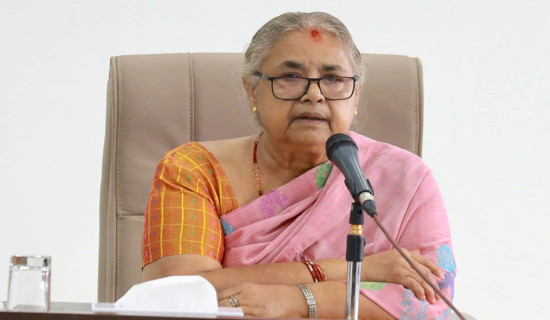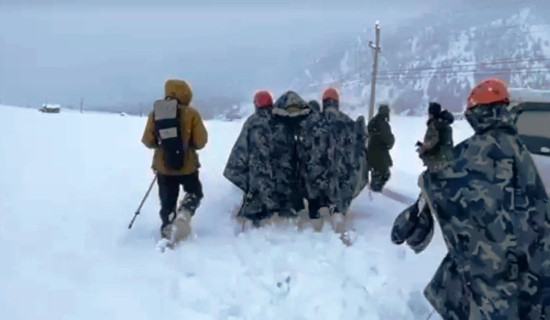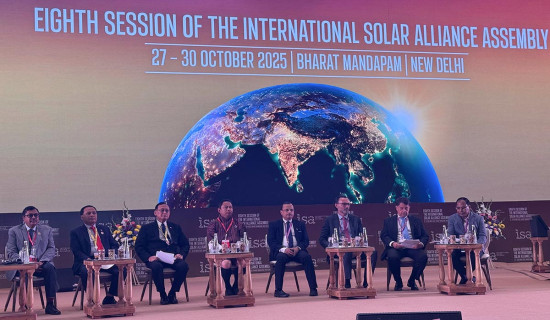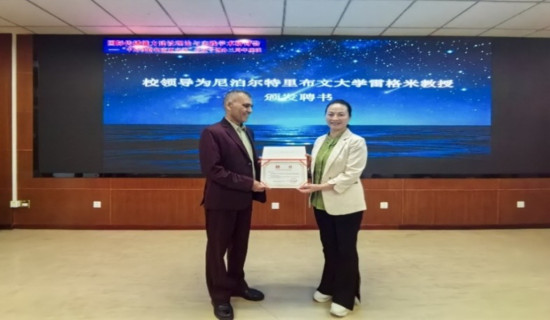- Wednesday, 29 October 2025
Subarna Shumsher: A Maker Of History
Tribhuwan Chandra Wagle
As I stood at the premises of the Prime Minister's official residence in Baluwatar, the rays of the rising sun fell on my forehead. My gaze was drawn to the under-reconstruction site in the southwest, known as Lalita Niwas, an area is in news for all the wrong reasons lately.
We can see national flags fluttering in the official residences of the Prime Minister, the Speaker, the Chief Justice, and the office of the central bank. I was standing quietly, but not completely silent. When a person is silent, I believe, he or she is more likely to speak inwardly- to himself.
Hiranya Shumsher Rana once said that several Nepali flags should be flying in Baluwatar, while his son, Nepali Congress leader Subarna Shumsher Rana, was adoring the national flag as the newly appointed Minister of Finance in 2007 BS.
Baluwatar, with its fluttering flags, is thought to be Nepal's power centre, the residence of the chiefs of the Executive, Judiciary, and Legislature of the country. Similarly, a flag has been fluttering on the top roof of the Central Bank (Nepal Rastra Bank).
The area in Baluwatar, popularly known as Lalita Niwas land, was privately owned by Hiranya Shumsher and his sons Kanak and Subarna Shumsher. After King Mahendra introduced Panchayat in 2017 BS, Subarna Shumsher and his son Kanchan Shumsher were sent into exile.
King Mahendra had asked Ranas to support his action of introducing Panchyat, but Subarna refused King Mahendra's offer, which led to the confiscation of the land belonging to his family. Currently, a case against 175 people, including some members of Subarna's family, lies in the Supreme Court regarding the illicit transfer of the ownership of some portion of the Lalita Niwas land.
Many presume the Rana family was not involved in the unauthorised purchase and sale of land in the area. When I learned Rana's family members were accused of misusing the land, my eyes welled up. I remembered Subarna, his elder brother Kanak Shumsher, and Subarna's son Rukma Shumsher, the Nepali Congress, and its democratic movement in Nepal.
My concern is that the Rana family were made a victim and will remain to be so. I wonder what psychological impact will be on the Rana family's new generation, who are unfamiliar with land issues but are accused of misusing the land. I believe that the Rana family is not involved in the misappropriation of land; they may experience some pain, but they will overcome the situation.
Founder of Congress
Subarna Shumsher was a member of the ruling Rana family, but he was instrumental in establishing the Nepali Congress, which sought to end the Rana rule. Mahabir Shumsher, Kanak Shumsher and Jagadish Shumsher were other Rana pioneers who wanted to terminate the Rana rule.
Bharat Shumsher wished for democracy as well. It shows that some Rana figures were involved in eradicating Nepal's family-based Rana system, for which we should be grateful.
Subarna Shumsher Rana is a history-maker from many perspectives. Born in 1910 AD and inheriting the Major General portfolio, he ignored the post to join the Nepali Congress.
His mission was to establish democracy in the country. Subarna Shumsher was elected Party Chairperson at the 2012 BS General Convention of the party, defeating Ganesh Man Singh.
For the first time in Congress history, this convention approved the socialist principle which is significant in Congress history. Socialist policy was proposed by Subarna Shumsher. In its mixed economic policy, the Nepali Congress still believes in socialism.
Congress launched a civil disobedience campaign in 2014 BS, demanding the Constituent Assembly and other political rights. After much pressure from the people, an all-party electoral council of ministers was formed on 15 May 1958 under the chairmanship of Subarna Shumsher.
He was appointed Chairman of the Council of Ministers and Minister of Finance in 2015 BS, he presided over the first general election. The Nepali Congress won 74 of the 109 seats available.
Subarna Shumsher, the then finance minister and member of the council of ministers led by then Prime Minister Matrika Prasad Koirala, presented the budget for the first time in Nepal in 2008 BS. He started the practice of making the national budget public. It was not customary to publicise the national budget during the Rana era.
Party Politics
Major General Subarna Shumsher Rana, like Gautam Buddha, gave up power in pursuit of a more liberal political system. During his political career, Rana served as a founding member, treasurer, and Acting Chairperson of the party. Rana gave up his inherent position, power, and prestige to become a common public figure.
Subarna not only led the Nepali Congress government's abolition of the Zamindari land system in 2016 BS, but he also gave the government his own 12,000 Bigha of land. During the nationalisation of the forest, his family lost a lot of land. During Raja-Rajauta's abolition, clan members of Rana rebelled against Subarna.
A Man of Charity
Rana's family was the main source of financial backing for the Nepali Congress and its leaders, including BP Koirala, when the party was in a struggle to establish democracy in the country. Subarna Shumsher's money and BP's public management made the 2007 revolution a success, according to Matrika Prasad Koirala's memoirs. Subarna had stated: "As long as I live, I don't need anyone to manage the party's expenses."
Mahabir's support for money, mind, word, and deed has been eloquently remembered by BP, Matrika, and Ganesh Man, and many books and references have proven Subarna and Mahabir Rana's financial assistance to Nepali Congress.
The Congress brought weapons from Rangoon (Myanmar), using Mahavir's private plane and the pilot he kept for the revolution. Many Congressmen have dined at Kanak's house. Subarna arranged for Nepali Congress leaders in exile who were unable to educate their children to attend classes in Patna, Darbhanga, and Calcutta.
With this weapon, Congress captured Biratnagar and Birgunj under the command of BP and Subarna, who were in charge of the eastern commander. Congressmen are proud of their heritage.
Regarding history, Nepali voters have repeatedly elected the Nepali Congress to power, but Congress is incapable of making history, let alone preserving it. Nephew Theerbam Malla was killed during the capture of Birgunj under Mama Subarna's command. By birth, Subarna was entitled to the Major General title and led the revolution as a people's Major General.
For the first time, in 2018 AD, the Nepali Congress first mentioned Subarna Shumsher Rana, one of the founder members of the party, in the preamble of its statute 'The Nepali Congress Statute, 2017 BS, previously mentioned and recognised the names of the party's founders and veteran leaders, BP Koirala, Ganeshman Singh, Krishna Prasad Bhattarai, and Girija Prasad Koirala.
Subarna Shumsher, who actively opposed the autocratic Rana regime, was omitted from the statute. However, the party's future generation remembers him through party programmes and gatherings that highlight his contributions.
Justice for Rana Family
I have a serious question regarding the issue of the land of Lalita Niwas. Was the land confiscated or acquired? In response to King Mahendra's call to accept his action, Subarna called a party conference in Patna, India, in 2017.
The conference decided to resume the armed struggle for restoring democracy.
As a result, the autocratic Panchayati government confiscated Rana's palace, Lalita Niwas (the building where the Rastra Bank Building is located). Today, Congress has been unable to open its mouth, saying, 'If it is acquired, then it is fine, but if it is confiscated, will the children of Subarna receive justice or not?' As the case is pending in court, I won't say much about it.
If the idea of sin and a virtue exists in the world, then the Nepali Congress will feel a sense of sin if it forgets one of its founding members, Subarna Shumsher, who died on 9 November 1977.
(Wagle is a journalist at Gorkhapatra Corporation)

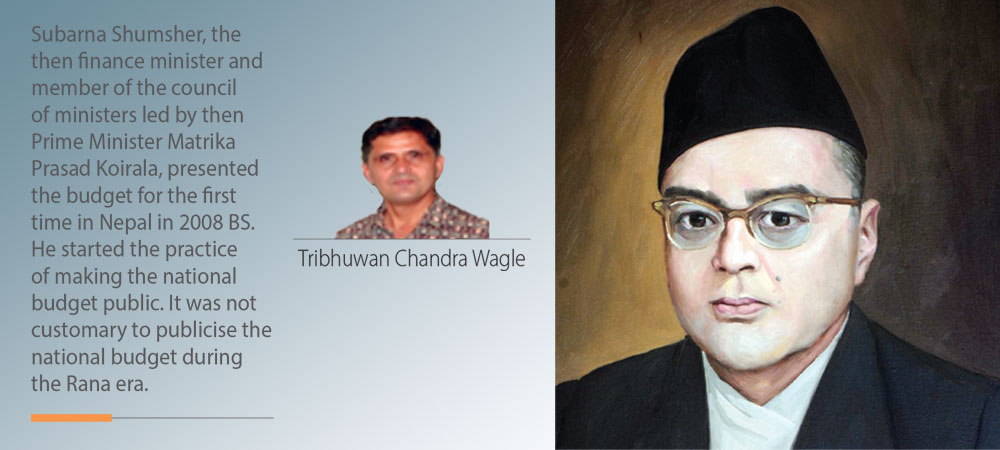
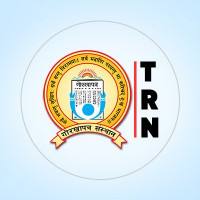

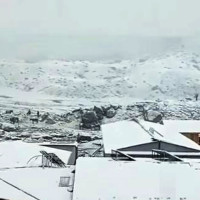


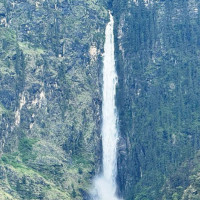

-original-thumb.jpg)


